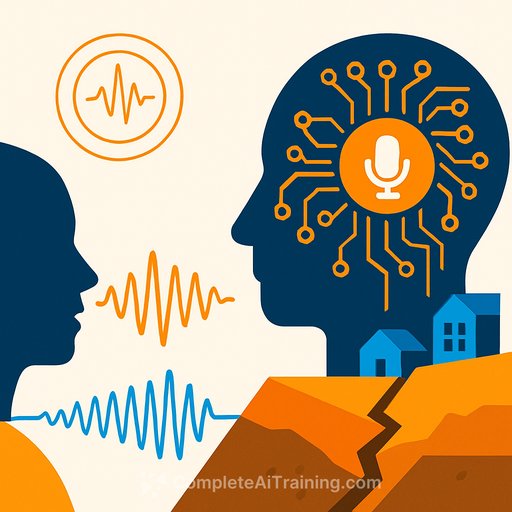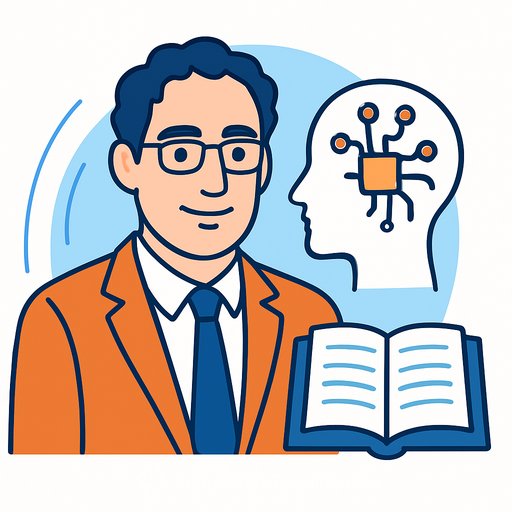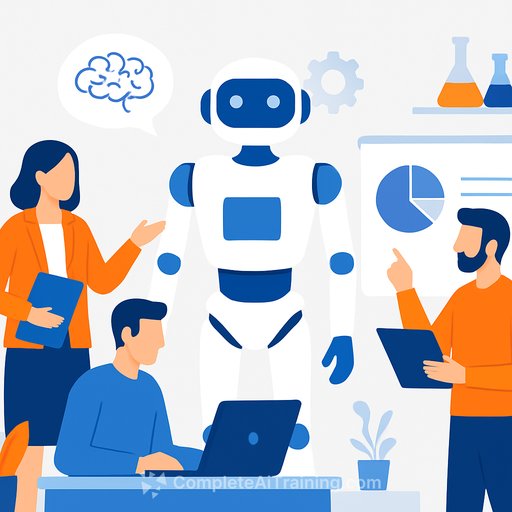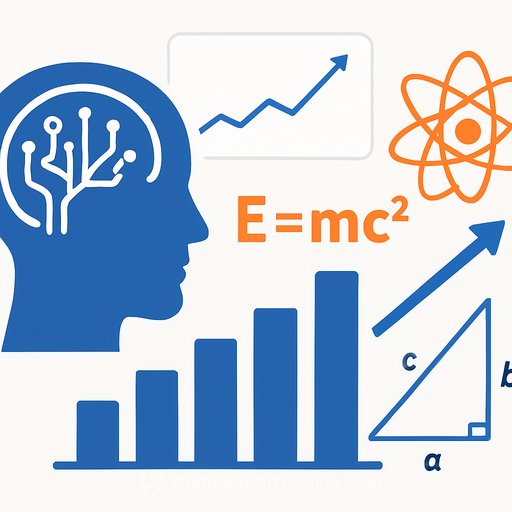Automatic Speech Recognition Predicts Earthquake Fault Displacement
The Science
Can artificial intelligence (AI) predict earthquakes? Researchers have taken a noteworthy step by adapting an AI model originally built for speech recognition to analyze seismic data. Using Meta’s Wav2Vec-2.0, a foundation model for audio processing, they examined seismic signals from the 2018 Kīlauea volcano eruption in Hawaii.
The eruption caused the collapse of a magma chamber, triggering fault slips—movements where blocks of Earth shift past each other—and a sequence of earthquakes lasting three months. The researchers started with sound data from laboratory experiments and simulations, then applied their method to real earthquake data from Kīlauea.
The Impact
The study shows that shifting faults emit distinctive signals. AI models can track these in real time to predict when fault slip events begin. This doesn’t mean AI can yet forecast earthquakes, but it marks progress in detecting fault behavior before slips occur.
Real-time prediction is a major step forward. Using speech-to-text AI models in this novel way could contribute to more accurate earthquake monitoring systems. Improving these capabilities has the potential to enhance safety for communities exposed to seismic hazards.
Summary
This research demonstrates that AI foundation models designed for audio data can interpret continuous seismic records to match actual ground motion measurements. Models like Wav2Vec-2.0 are well-suited to identify complex patterns in time-series data—whether in human speech or seismic tremors.
By analyzing seismic waveform data, the model predicted the timing of slip events for magnitude 5 earthquakes at the volcano. It outperformed traditional approaches such as gradient-boosted trees, which often struggle with the unpredictable nature of seismic signals. Unlike earlier machine learning models that required manually labeled data, this approach employed self-supervised learning. The model was pretrained on continuous seismic waveforms, then fine-tuned using real data from the Kīlauea collapse sequence.
Continuing this work could lead to more efficient earthquake monitoring systems capable of providing earlier warnings. Researchers aim to extend the accurate prediction time frame with future studies.
- AI foundation models for audio can analyze seismic signals effectively.
- Real-time fault slip prediction is achievable with adapted speech recognition models.
- Self-supervised learning reduces dependence on manually labeled seismic data.
- This approach outperforms some traditional machine learning methods in seismic prediction.
For professionals interested in AI applications in science, exploring advanced AI courses can provide practical skills for such innovative projects. Visit Complete AI Training’s latest AI courses to learn more.
Your membership also unlocks:






